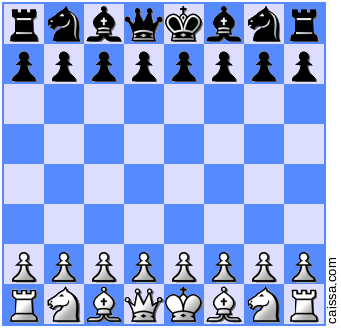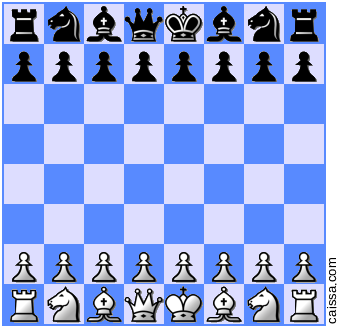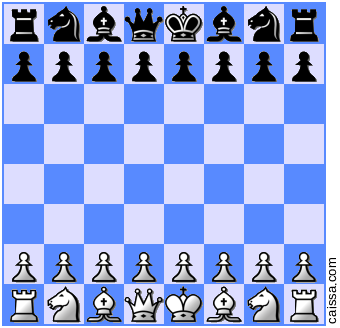An interesting idea to go for the quickest checkmate specially on the hardest difficulty. This provides a decent challenge, since on that level Chessmaster shouldn't fall into obvious traps such as the Scholar's or Fool's Mate quickly, and thus needing a more creative approach.
Using a strong engine for assistance is certainly helpful to reach that goal, as Warp already demonstrated with those relatively short games, but picking sharp lines that exploit Chessmaster's weaknesses, even if not recommended by the engine as the best continuation at first, is IMO the most important thing.
Anyway, here's my take on it after experimenting around with various openings (Chessmaster on hardest difficulty as black with opening book enabled):
Mate in 19, King's Gambit
1. e4 e5 2. f4 exf4 3. Nf3 g5 4. d4 g4 5. Bc4 gxf3 6. Qxf3 Nc6 7. Bxf4 Bg7 8. Nc3 Nxd4 9. Bxf7+ Kxf7 10. Qh5+ Ke7 11. Nd5+ Kf8 12. O-O Nf6 13. Bh6 Kg8 14. Rxf6 Ne2+ 15. Kh1 Qf8 16. Rxf8+ Kxf8 17. Rf1+ Nf4 18. Rxf4+ Kg8 19. Ne7# 1-0
 Mate in 17, Caro-Kann Defense
Mate in 17, Caro-Kann Defense
1. e4 c6 2. d4 d5 3. Nc3 dxe4 4. Nxe4 e5 5. Nf3 exd4 6. Bc4 b5 7. Bxf7+ Kxf7 8. Ne5+ Ke7 9. Bg5+ Nf6 10. Qf3 Ke6 11. O-O-O Bb7 12. g4 c5 13. Qf5+ Kd5 14. Nd7+ Kc4 15. Nd2+ Kb4 16. Qd3 Nbxd7 17. Qa3# 1-0

That line already looked to be hard, if not impossible to beat due to how well everything worked out, but surprisingly enough, I got one more major improvement in with my final attempt:
Mate in 12 on hardest difficulty
CM's total thinking time is 38 minutes and 11 seconds, so these delays are sped up in the video to make it less boring.
This line is also reproducible on NES's version of Chessmaster at max difficulty. (in fact, both versions seem to generally play very similar)
Looks like it might well be the limit now on this level, but of course it's impossible to know for sure.














 But not having Chessmaster play at its strongest is a bit boring, so this was just a test done out of curiosity rather than anything else.
But not having Chessmaster play at its strongest is a bit boring, so this was just a test done out of curiosity rather than anything else.
















 In this case, white has 192 moves to play in total, including 23 game ending ones: 17 stalemates and 6 checkmates (Qbxb2#, Qcxa2#, Qaxb2#, Qaxa2#, Qdxb2#, Nb3#).
In this case, white has 192 moves to play in total, including 23 game ending ones: 17 stalemates and 6 checkmates (Qbxb2#, Qcxa2#, Qaxb2#, Qaxa2#, Qdxb2#, Nb3#). Mate in 17, Caro-Kann Defense
1. e4 c6 2. d4 d5 3. Nc3 dxe4 4. Nxe4 e5 5. Nf3 exd4 6. Bc4 b5 7. Bxf7+ Kxf7 8. Ne5+ Ke7 9. Bg5+ Nf6 10. Qf3 Ke6 11. O-O-O Bb7 12. g4 c5 13. Qf5+ Kd5 14. Nd7+ Kc4 15. Nd2+ Kb4 16. Qd3 Nbxd7 17. Qa3# 1-0
Mate in 17, Caro-Kann Defense
1. e4 c6 2. d4 d5 3. Nc3 dxe4 4. Nxe4 e5 5. Nf3 exd4 6. Bc4 b5 7. Bxf7+ Kxf7 8. Ne5+ Ke7 9. Bg5+ Nf6 10. Qf3 Ke6 11. O-O-O Bb7 12. g4 c5 13. Qf5+ Kd5 14. Nd7+ Kc4 15. Nd2+ Kb4 16. Qd3 Nbxd7 17. Qa3# 1-0
 That line already looked to be hard, if not impossible to beat due to how well everything worked out, but surprisingly enough, I got one more major improvement in with my final attempt:
That line already looked to be hard, if not impossible to beat due to how well everything worked out, but surprisingly enough, I got one more major improvement in with my final attempt:




